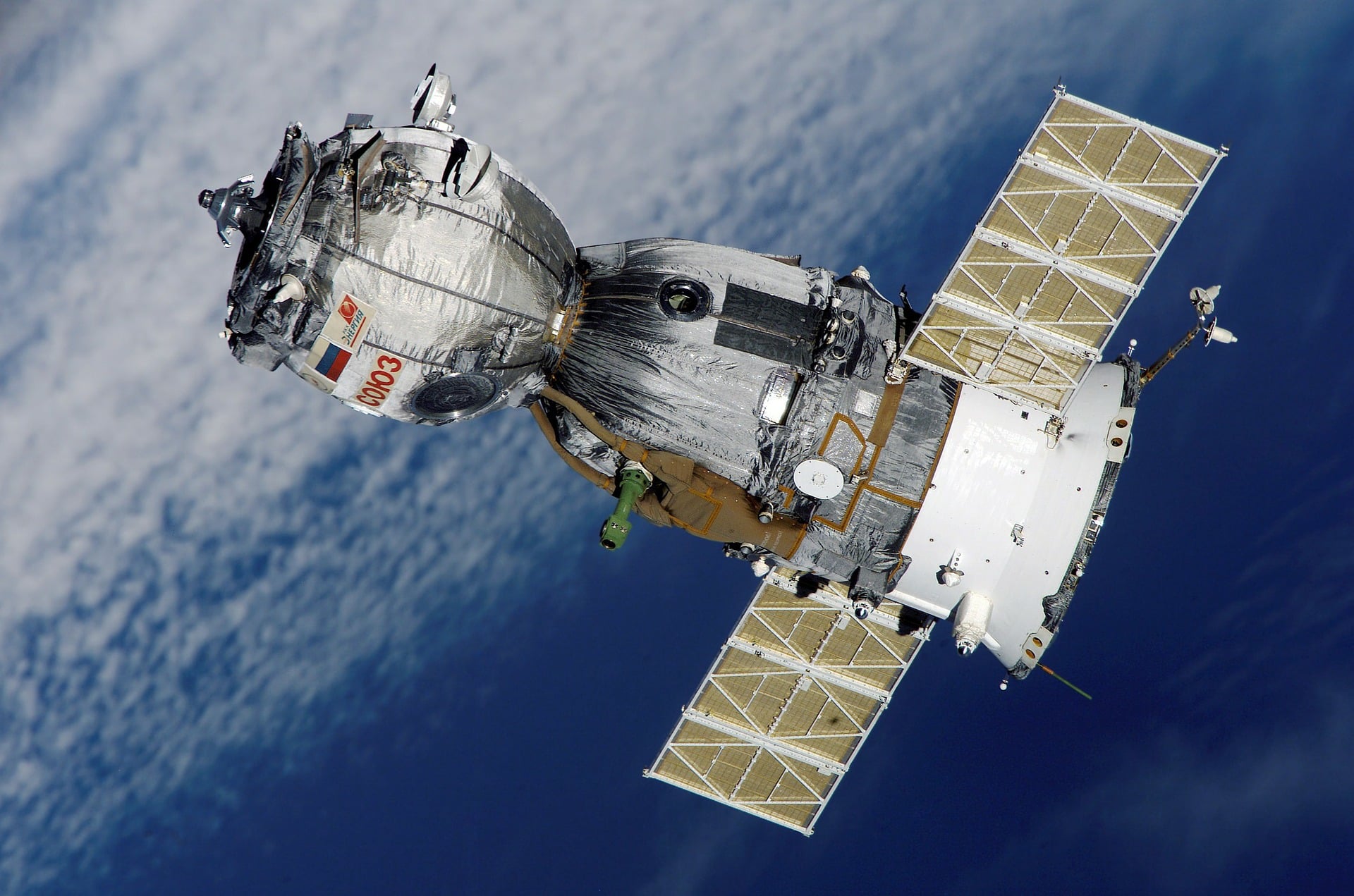Zimbabwe Gears Up for Launch of Second Satellite, ZimSat-2, to Boost Geospatial Capabilities
Posted 06:04 AM, Monday November 04, 2024 2 min(s) read

Photo by: Jedidah Ephraim
VOSTOCHNY COSMODROME, Russia, Nov. 4 (AGCNewsNet) – Zimbabwe is poised to launch its second earth observation satellite, ZimSat-2, on Tuesday from Russia’s Vostochny Cosmodrome, contingent on favourable weather conditions. The collaborative project between the Zimbabwe National Geo-Spatial and Space Agency (ZINGSA) and Southwest State University (SWSU) in Russia’s Kursk marks another milestone in Zimbabwe’s ambitious space program.
ZINGSA, which was established in 2018 to enhance Zimbabwe’s capabilities in space exploration and geospatial research, has been pivotal in ZimSat-2’s development. The satellite was constructed with the assistance of Zimbabwean engineers and students in the Presidential Scholarship Program, guiding the project from mission design to the final flight model.
ZimSat-2 is equipped with a multispectral camera capable of capturing images with an 8-meter spatial resolution. This imaging tool will support agriculture, geology, urban planning, and environmental monitoring in Zimbabwe. According to ZINGSA coordinator Dr. Painos Gweme, the satellite is scheduled for launch on November 5 if weather conditions permit.
ZimSat-2’s primary mission is to monitor crop health, using advanced imaging technology to assess nutrient deficiencies, predict yields, and classify vegetation types. The data will help produce the Normalized Difference Vegetation Index (NDVI), which measures vegetation density by analyzing near-infrared (NIR) and visible light absorption—essential metrics in determining vegetation health.
Beyond agriculture, ZimSat-2 will contribute to geological research, aiding in identifying and classifying mineral-rich regions to support exploration. The satellite will also be instrumental in urban planning, helping create detailed maps of infrastructure, including roads, lakes, and dams.
A pioneering function of ZimSat-2 is its ability to monitor climate change. By tracking the Earth’s energy imbalance—the difference between solar energy received and energy lost to space—the satellite’s data will enhance Zimbabwe’s capacity to analyze global warming patterns affecting Africa.
To support ZimSat-2, ZINGSA is finalizing upgrades to the ground control station at Mazowe Earth Station, initially set up for ZimSat-1. The upgrades will enable the station to communicate with ZimSat-2 across L, S, X, and U/VHF bands, with completion anticipated by November 20.
ZimSat-2 is the latest advancement in Zimbabwe’s space journey. The country launched its first satellite, ZimSat-1, in 2022 from NASA’s Wallops Flight Facility in the United States as part of the BIRDS-5 constellation, marking its entry into space exploration. Now joining other African nations with satellites in orbit, Zimbabwe aims to address critical issues in agriculture, mineral resources, and environmental monitoring through advanced geospatial technology.